
A Cultural Calendar of Care
March–April
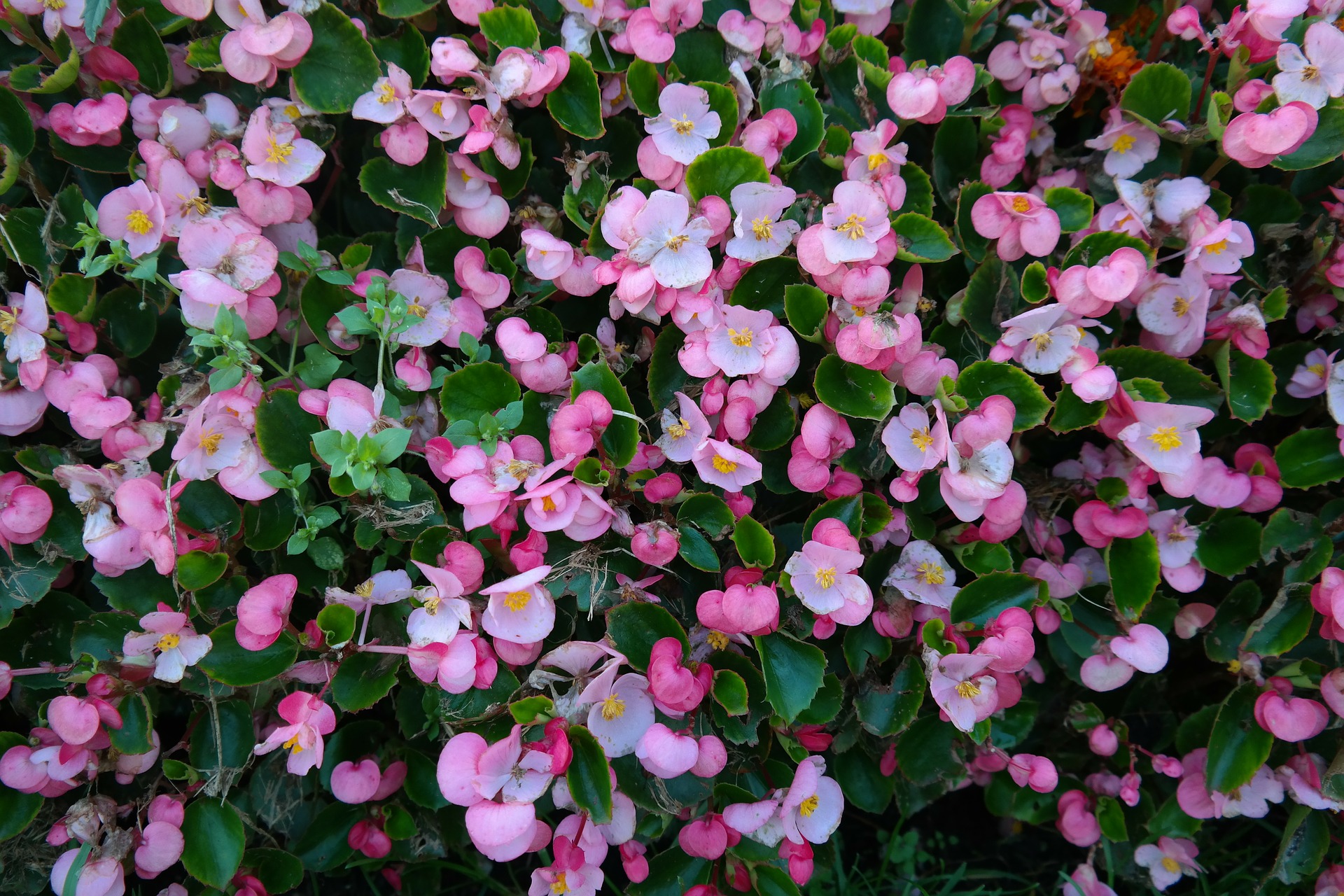
BEGONIAS
- to water plants when there are no rains; keep plants moist NOT WET.
- to mulch with a top dressing to protect roots.
- to practice good housekeeping—clean all pots and plantings of dried leaves, dead wood, and spent blooms.
- to cut back especially if new growth appears.
- to repot those that need it.
- to feed once a week with % strength of an all-purpose plant food or half strength if feeding twice a month or full strength if you only feed once a month.
- to start spray program to control pests and disease.
- to start sprouting the beautiful tuberous begonias.
- to start new plants from leaves or cuttings.

BONSAI
- to repot plants—leaving 2/3 of roots and the soil intact; gently brush soil from roots so not to tear new growth.
- to shape root system to conform to shape of container.
- to graft deciduous trees.
- to watch watering because of the lack of rains.
- to start feeding in April.
- to watch the sun on the trees in order to prevent scorching the new growth of deciduous trees just putting out new growth.

BROMELIADS
- to start pest control—especially snails.
- to spray for scale.
- to fertilize.
- to watch the watering as we have had a dry winter.
- to keep plants cleaned—trim off damaged leaves caused by any cold weather.
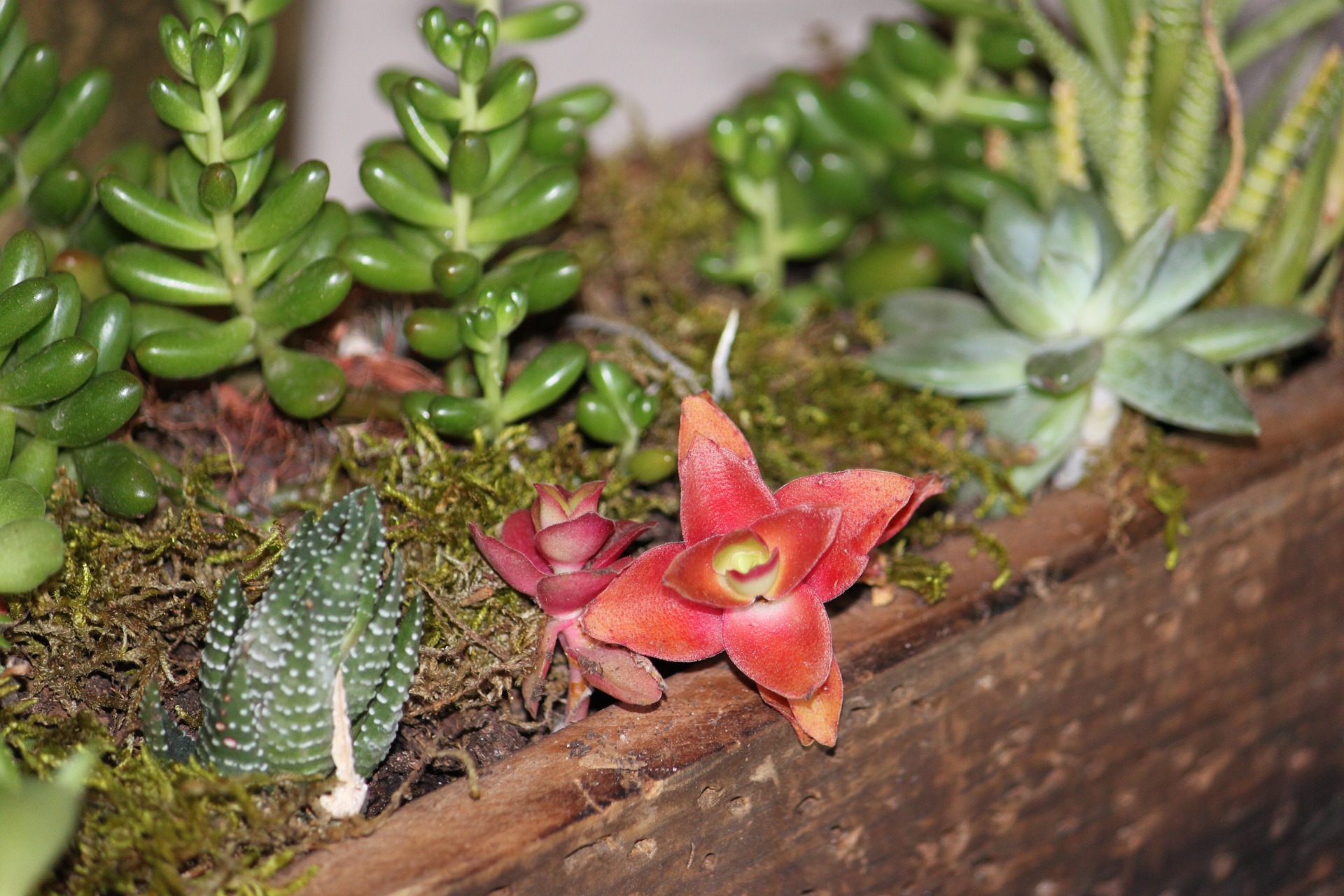
CACTUS & SUCCULENTS
- to repot plants if overgrown or root-bound; use screen in bottom of pot with gravel or broken clay pieces to avoid washing out soil and nutrients.
- to groom plants for shows and the fair.
- to propagate plants by division or cuttings.
- to watch out for pests such as mealy bugs underleaves; eliminate with equal parts alcohol and water dabbed on with cotton swab.
- to start watering as plants start new growth.
- to fertilize with 10-10-10 to promote flowering.
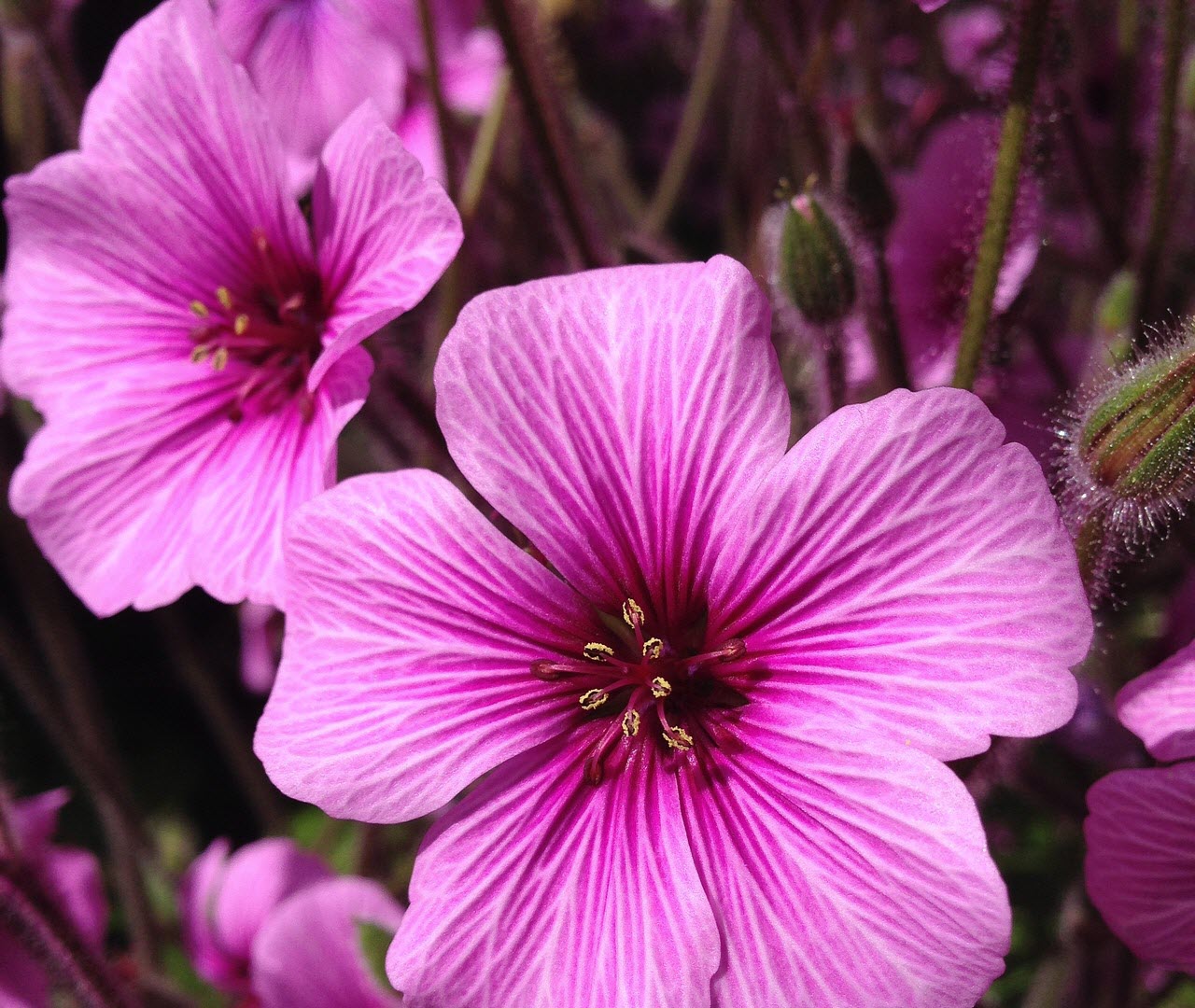
CAMELLIAS
- to maintain a regular watering program.
- to maintain a regular spray program and dust chlorodane under and around the plants
- to discourage leaf beetles, to continue to transplant those bushes not done last month.
- to remember NOT to fertilize a newly transplanted bush but to water well and often with a Vitamin B-1 Solution.
- to feed iron every other month to promote a healthy deep green.
- to plant new plants while they still are in bloom.

DAHLIAS
- to place tubers into starting material and place in a warm spot to sprout; watch moisture so tuber will not rot.
- to prepare ground for planting by adding humus and fertilizers especially super-phosphates and potash.
- to drive the name stake when planting tuber in the ground.
- to plant sprouted tuber after two or three weeks—dig hole six inches deep, place tuber with sprout up about two inches from stake—cover with two inches of soil and then water.
- to keep planted tubers moist but not wet; fill hole as plant grows.
- to protect new growth from snails.
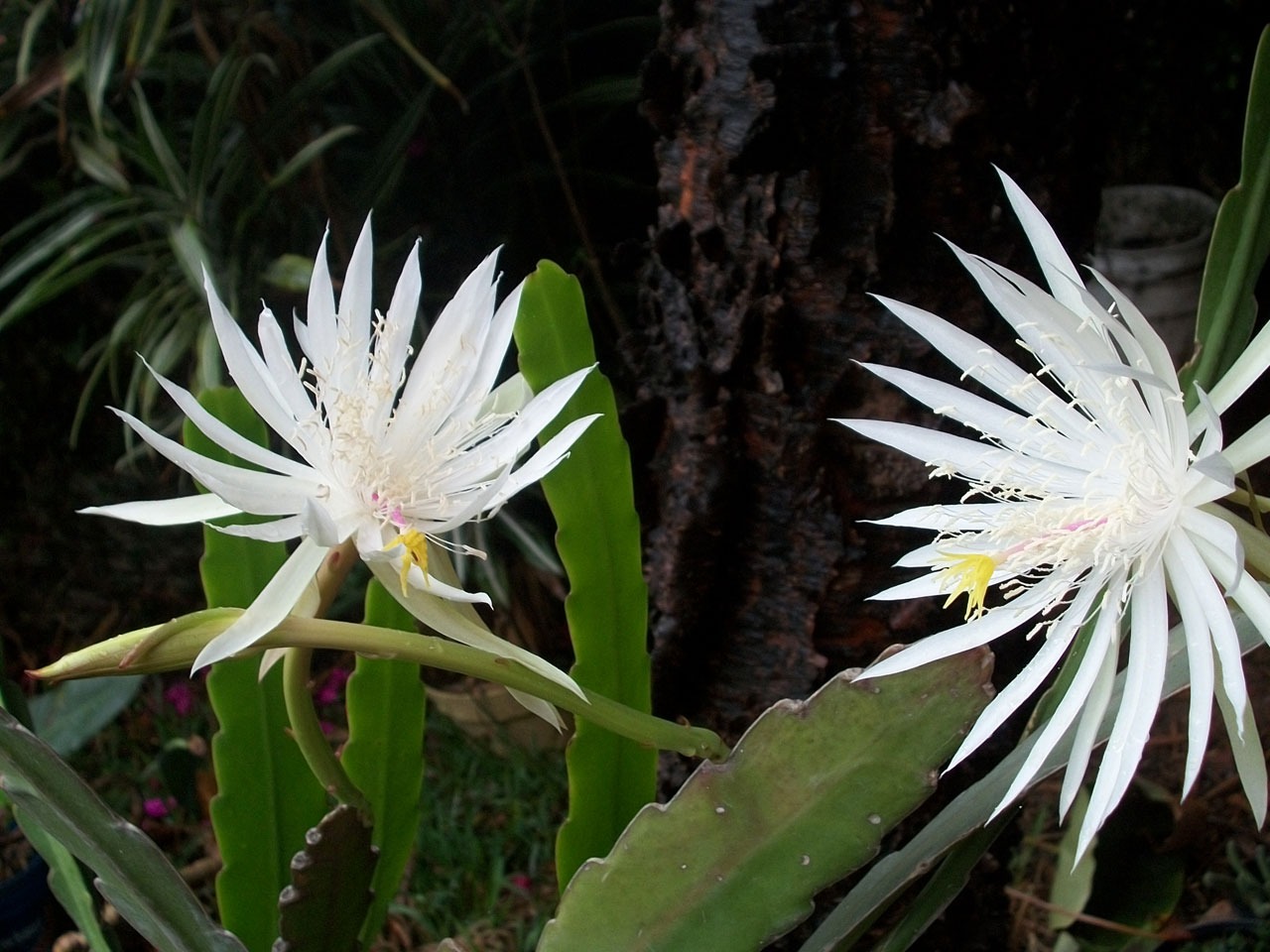
EPIPHYLLUMS
- to feed your plants with low nitrogen fertilizer as buds are forming.
- to watch for snails and put out bait.
- to check for mealy bugs—use rubbing alcohol on cotton swabs to remove.
- to check trellises and branches to make sure they are secure and buds not pushed against the trellis.
- to keep moist—also spray branches to clean off the dust.
- to clean off dried branches and add new mulch if needed.
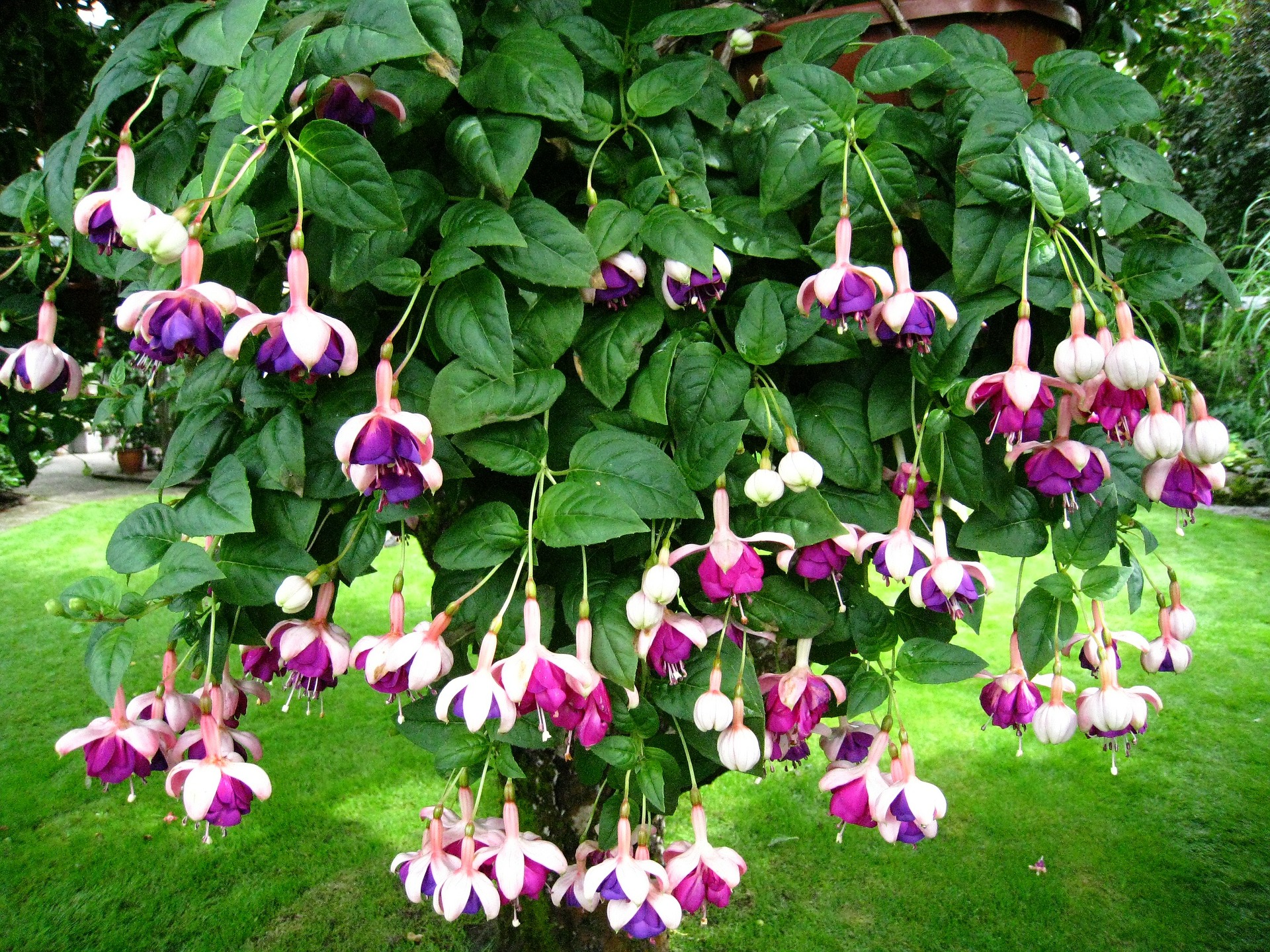
FUCHSIAS
- to take cuttings of any soft, fresh green growth that may be available.
- to prune hanging baskets to the inside edge of the container.
- to fertilize with slow release fertilizer.
- to mist actively growing fuchsias with 1/5 strength solution of liquid fertilizer on a daily basis if lush results are desired.
- to pinch the central growing tip of new growth to promote a full bushy plant.
- to clean up any debris on plants or in containers to prevent fungus or rot.
- to spray with a systemic insecticide to prevent white fly and thrips.
- to check stakes and retie upright plants that have outgrown their supports.

FERNS
- to water and keep areas damp to help maintain humidity.
- to use insecticide for aphids and snails.
- to clean off dead fronds.
- to divide, repot, or add humus to pots.
- to fertilize with high-nitrogen fertilizer.
- to plant fern spore.
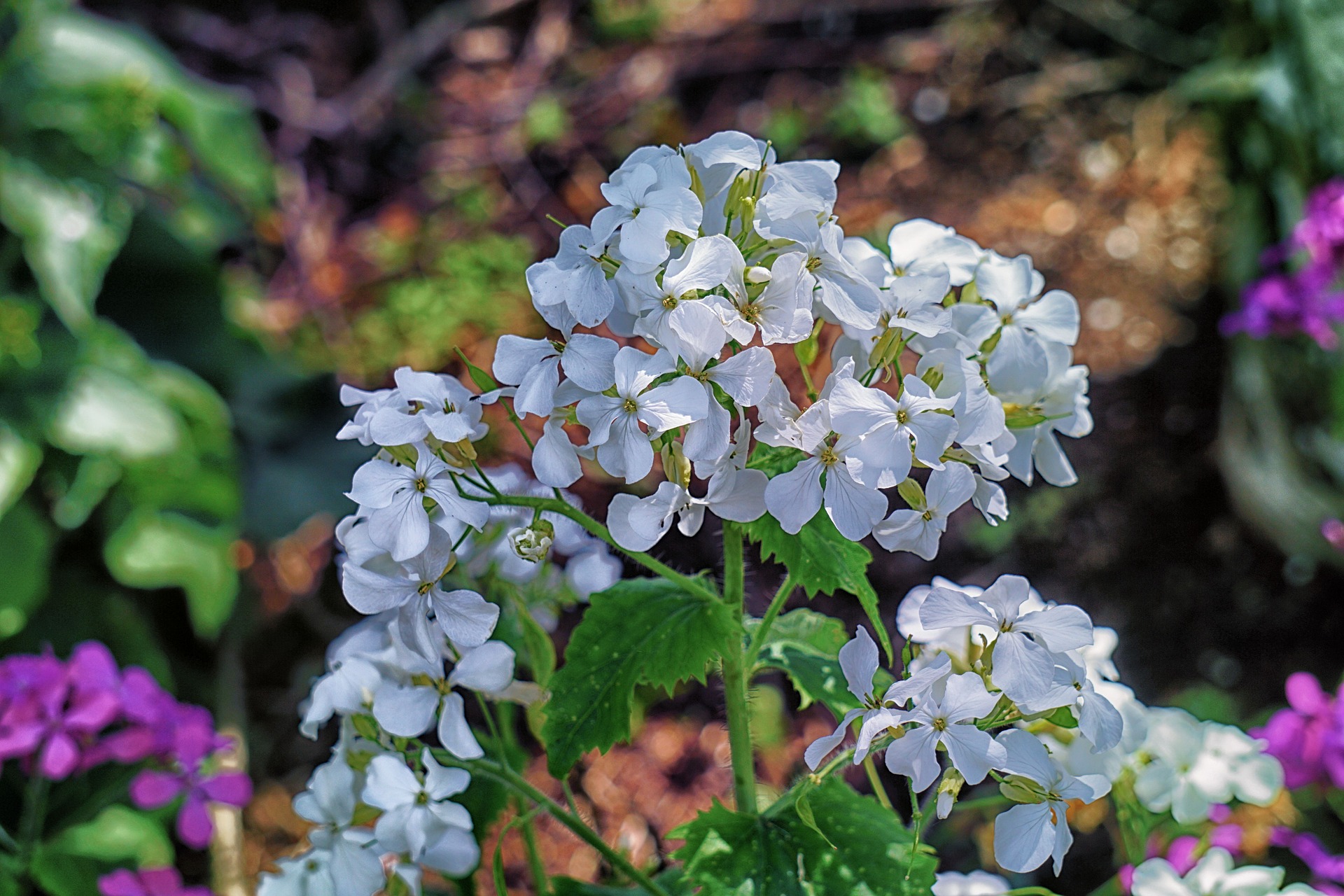
GERANIUMS
- to pinch your plants to force outside shoots.
- to spray for white fly and aphids—use malathion.
- to prune and pinch plants to shape and make a bushier plant.
- to check those in pots for repotting and move to next size larger.
- to groom by removing dead leaves and blossoms.
- to feed with a balanced fertilizer Vs strength and use twice as often as package directions.
- to water sparingly, but have a regular program.
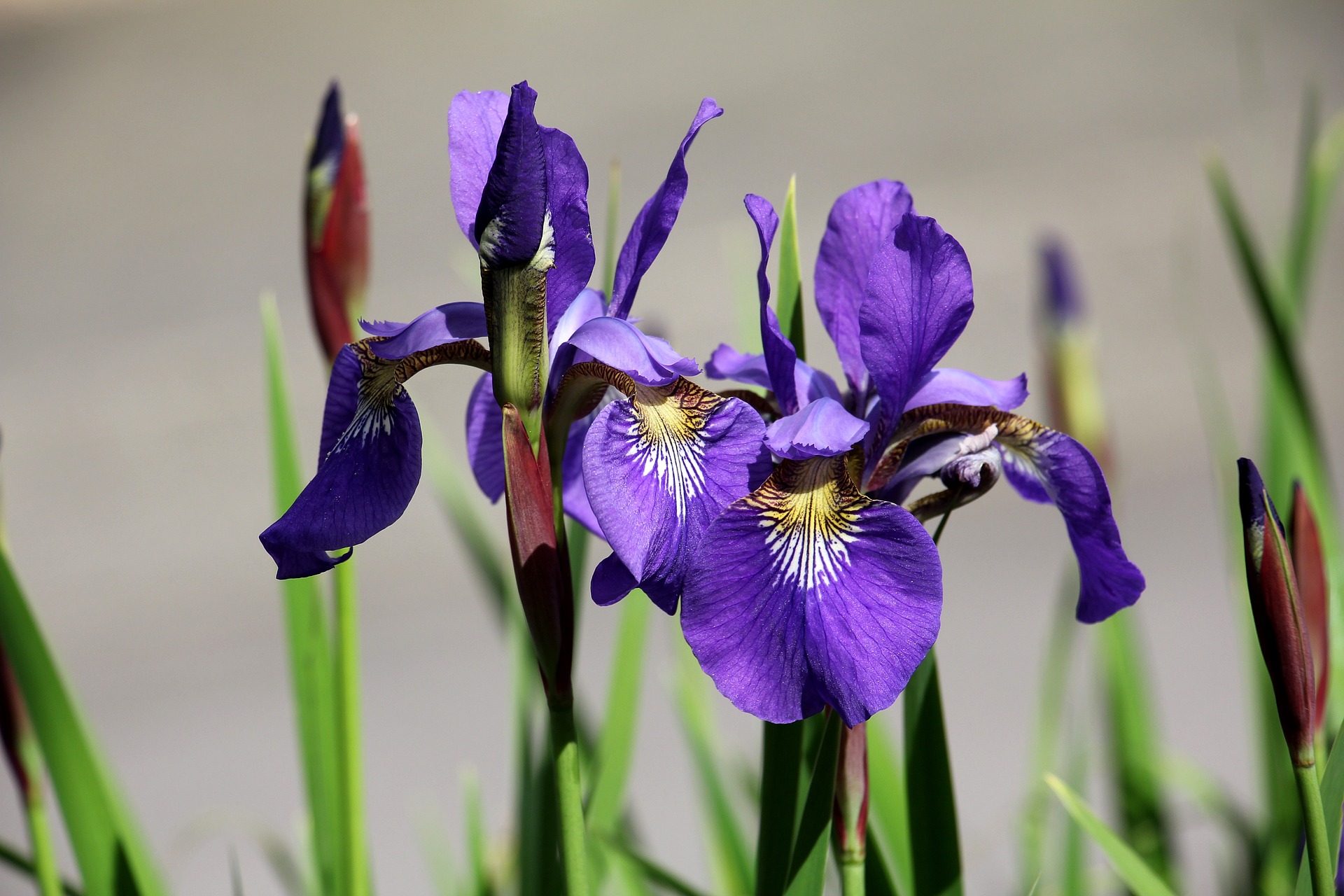
IRIS
- to apply systemic insecticide to control aphids and thrips.
- to fertilize with a low-nitrogen all purpose or liquid fish fertilizer.
- to water more often as the season has been dry.
- to give Japanese and Louisiana iris acid food in the water; you can use camellia type fertilizer.

ORCHIDS
- to give cypripediums a little more shade.
- to continue 10-30-20 feedings for cymbidiums.
- to begin preparations for repotting cymbidiums.
- to give cymbidiums lots of light (light, NOT SUN) with good ventilation.
- to continue snail and slug baiting—no arsenic.
- to watch for aphids and mealy bugs on all types of orchids.

ROSES
- to water thoroughly as plants are growing rapidly now.
- to feed with liquid fertilizer.
- to watch for aphids—spray with water to wash off or use a systemic such as cygon to assist in preventing thrips also.
- to check for possible early inch worms and treat with malathion or Sevin—be sure
- to use the powder on new growth as the liquid may burn the foliage.
- to use a preventative spray for mildew.
- to give each bush % cup of blood meal just before buds start to show color— this will intensify the color of blossoms.
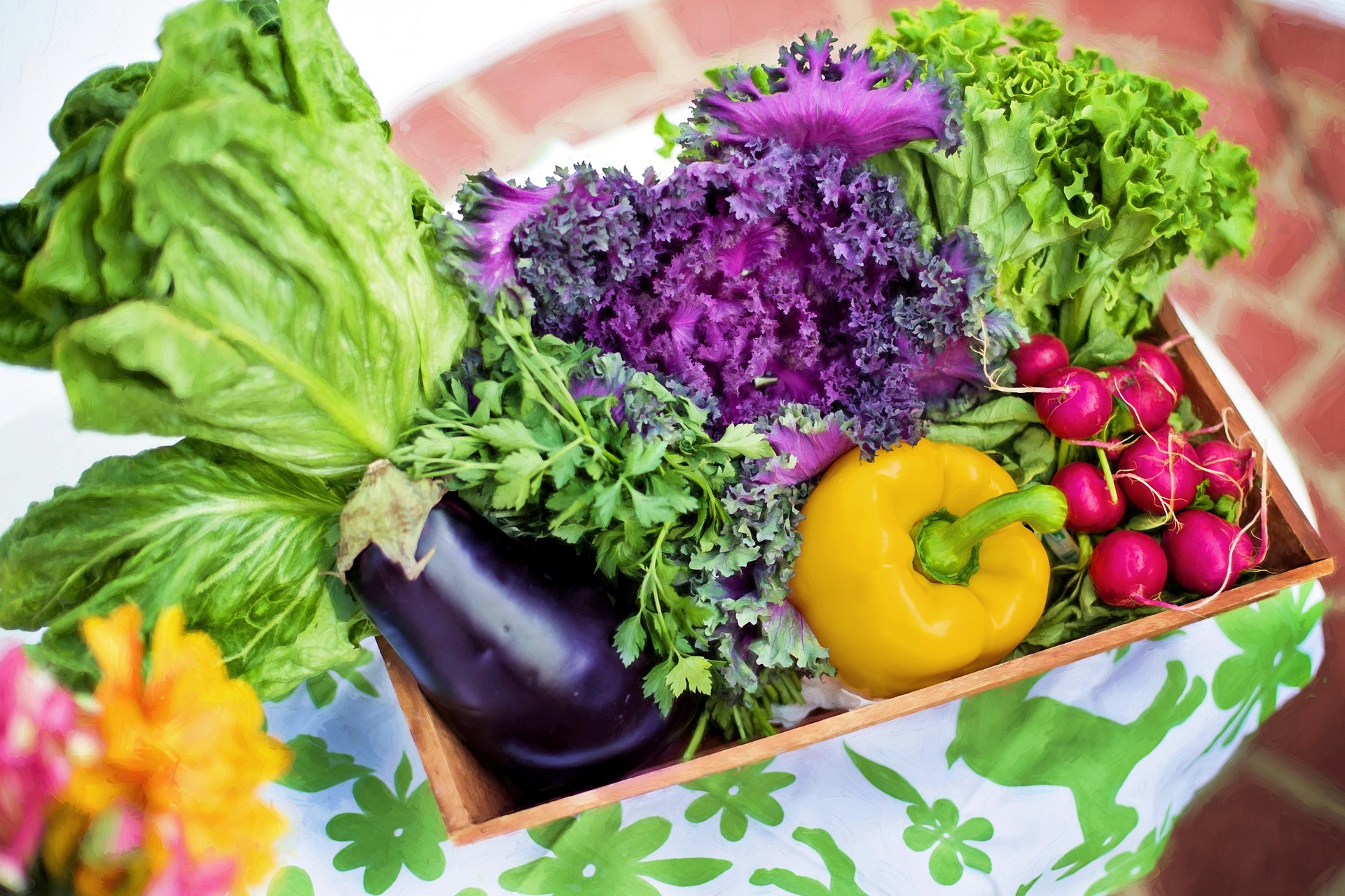
VEGETABLES
- to plant transplants— brussel sprouts, cabbage, cauliflower, celery, broccoli, kale, onions, lettuce, collards.
- to start seeds in a protected place and transplant in April or May—beans, corn, cucumber, eggplant, pepper, summer squash.
- to plant transplants and cover to retain warmth of cucumber, eggplant, pepper, tomatoes, squash.
- to plant bulbs or cloves of onions and garlic.
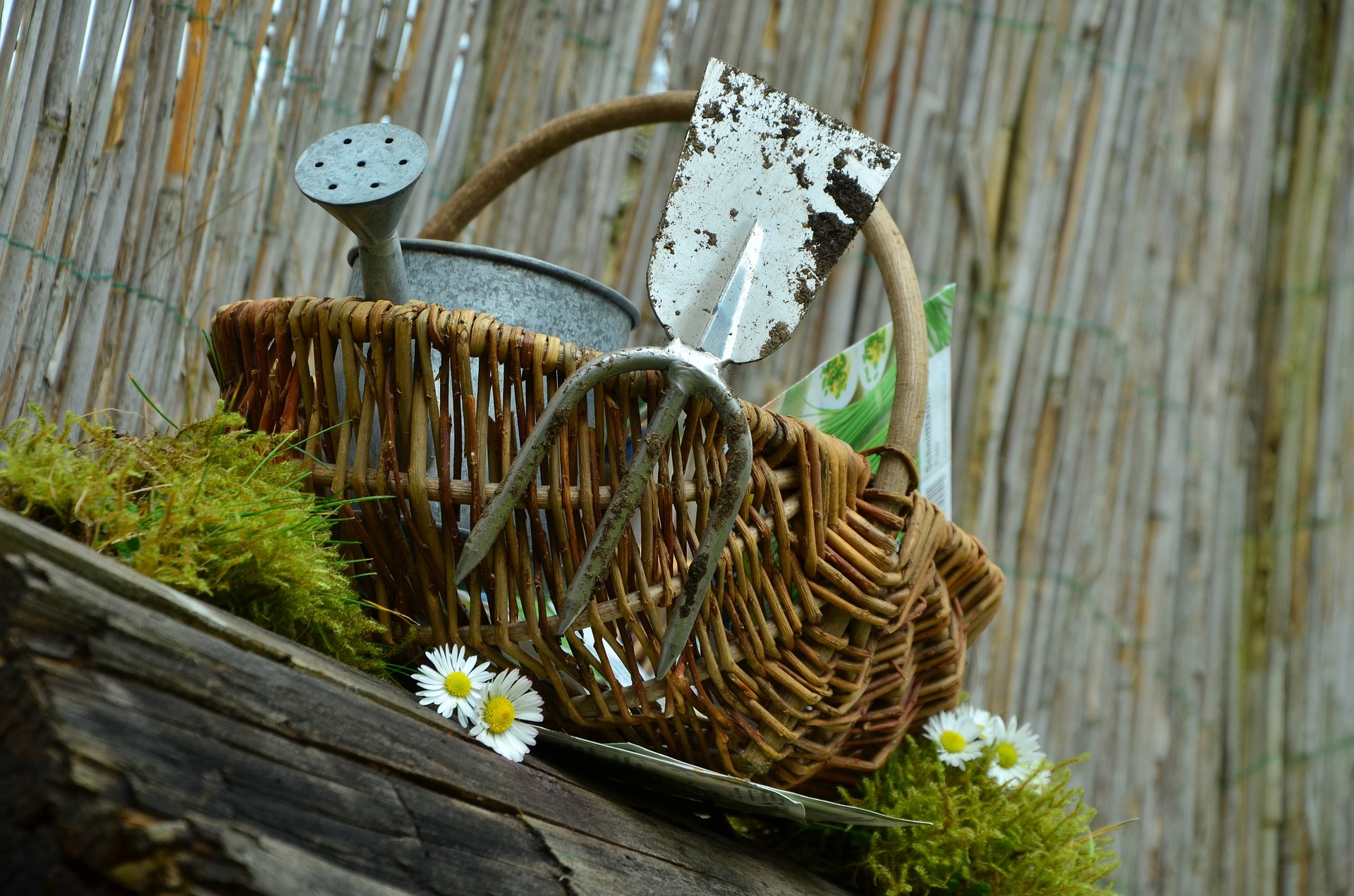
GREEN THUMB ITEMS
- to divide chrysanthemums—take cuttings from old plants and make divisions.
- to set out annuals such as zinnias, pansies, marigolds and petunias for fast growth and spring color.
- to prune those flowering trees and shrubs after bloom is done and mulch with leaf mold and manure—water well.
- to mulch and reseed lawns if necessary.
- to feed lawns under trees—these areas may require frequent feedings since the tree takes so many nutrients from the soil itself.
- to plant new avocado trees for shade or fruit as the danger of frost passes.